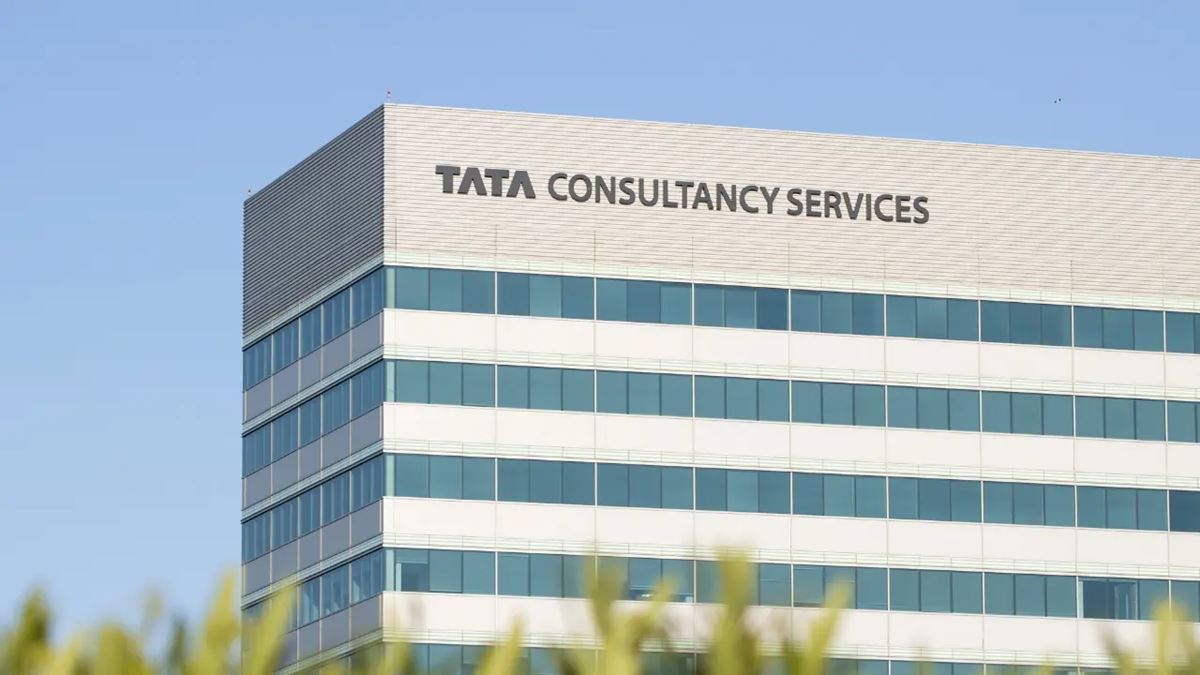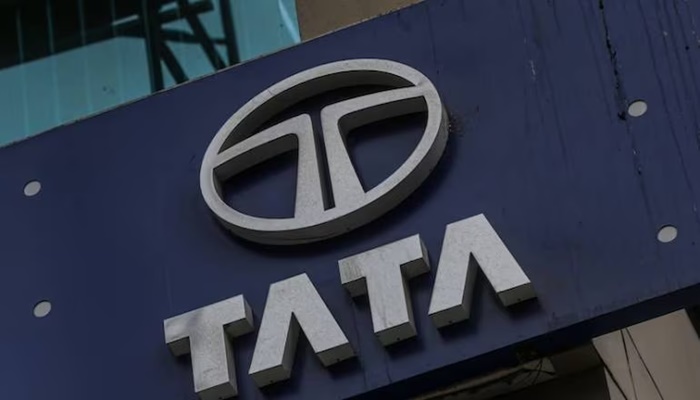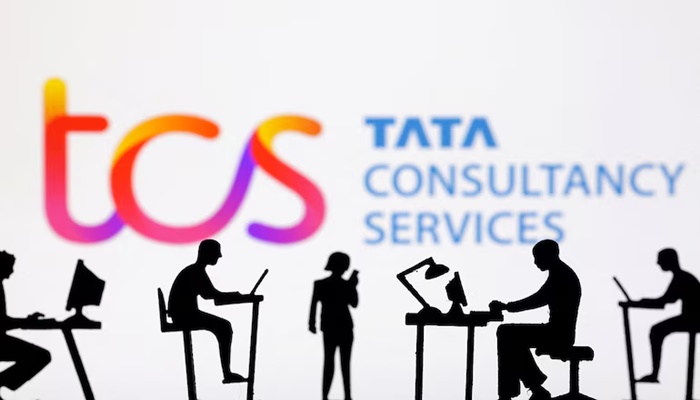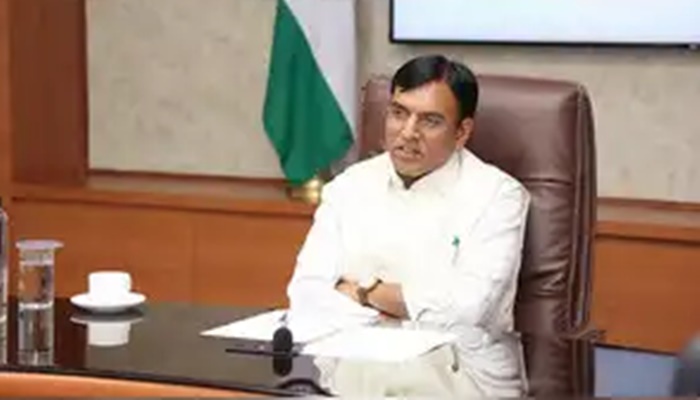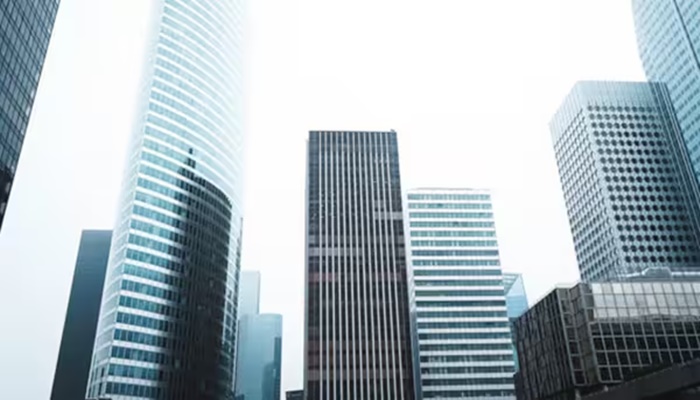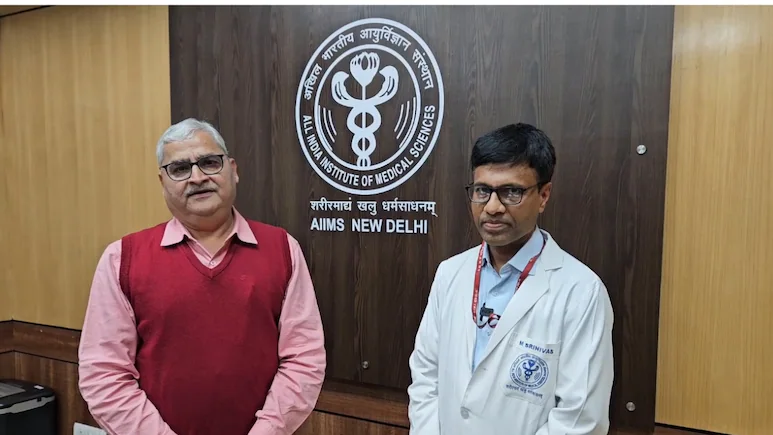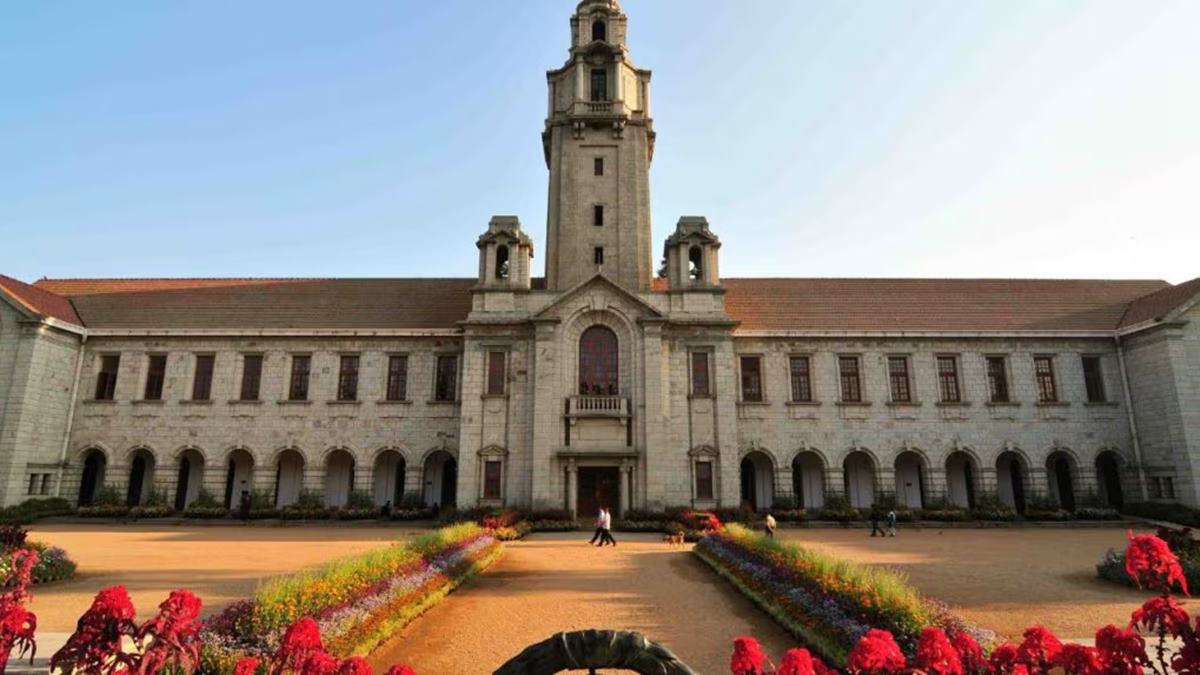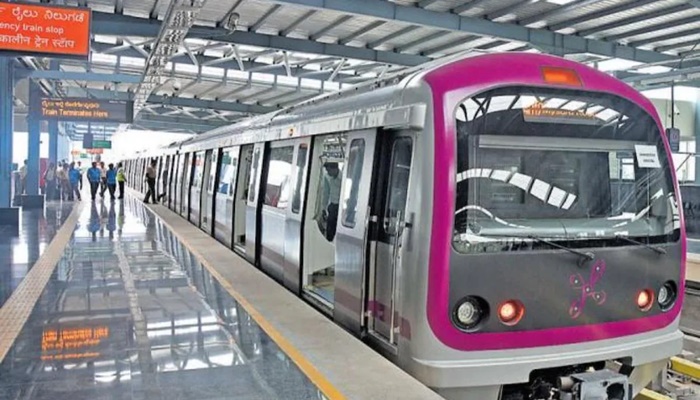India’s cities are choking — on traffic, smog, and sprawl. While Tokyo glides on 4,700 km of rail, Bengaluru crawls on 77. Gurugram? Just 10. To catch up, says investor Rajesh Sawhney, Indian metros must build ten times more—10,000 km of urban rail in the next two decades—or risk grinding to a halt.
Sawhney’s argument, on X, cuts through the noise: metro rail isn’t just infrastructure — it’s survival. “Only Metro can save Bangalore, Gurugram and other Indian metros,” he wrote, framing the crisis in stark numbers. His comparison: Tokyo’s sprawling network versus India’s fractured transit patchwork.
Bengaluru’s Namma Metro, the city’s lifeline, has expanded to 77 km and targets 220 km by 2030. But for a city bursting with vehicles and poor last-mile options, it’s still not enough. Gurugram lags further behind, with a mere 10 km of metro and a 28.5 km expansion in the pipeline.
Even Delhi—India’s metro leader with over 400 km of track—continues to battle traffic jams and pollution, despite significant gains in commuter mobility, real estate development, and integration with buses.
Tokyo, meanwhile, shows what’s possible. Its 4,700-km network, built over decades, weaves together metro, suburban, and private lines into one of the most efficient systems on the planet. It’s the gold standard India has yet to chase.
Sawhney sees the gap as both a crisis and an opportunity. “Indian metros put together should build 10,000 km,” he wrote, pushing not only for expansion but for self-reliance. His pitch: develop homegrown metro tech, reduce dependence on imports from Korea, Japan, and China, and build a world-class industry.
India has grown from 248 km of metro in 2014 to over 1,000 km today, with another 1,000 under construction. But it’s still playing catch-up.
As urban populations surge and roads clog further, metro rail won’t be a luxury—it will be the only way forward. Sawhney’s point is clear: build big, build fast, and build it here.


